The Art of Feng Shui: Harmonizing Your Living Spaces
Have you ever walked into a room and instantly felt at peace, as if the very space was cradling you in a warm embrace? Or perhaps you've entered a home where everything felt off-kilter, leaving you restless and uneasy? The difference might well lie in the ancient art of Feng Shui. This intriguing practice has been quietly transforming living spaces for thousands of years, weaving harmony and balance into the fabric of our homes. Let's journey together into the fascinating world of Feng Shui, exploring its essence, key principles, and the magic it can bring into our lives.
What is Feng Shui?
At its core, Feng Shui (pronounced "fung way") is an ancient Chinese practice that focuses on harmonizing individuals with their surrounding environment. The term "Feng Shui" literally translates to "wind-water," symbolizing the flow of life force or "Chi" (pronounced "chee") through space. This philosophy is deeply rooted in the belief that the arrangement and orientation of our living spaces can significantly impact our health, happiness, and prosperity.
Historical Roots
The origins of Feng Shui date back over 3,000 years to ancient China, where it was initially used to orient buildings—often spiritually significant structures such as tombs, but also homes and other buildings—in an auspicious manner. The practice evolved over centuries, integrating insights from astronomy, geography, and the environment, ultimately becoming a comprehensive system of design and placement that we know today.
Key Principles of Feng Shui
To truly grasp the art of Feng Shui, it's essential to understand its fundamental principles. These guiding concepts help create spaces that not only look beautiful but also feel harmonious and balanced.
The Five Elements
Central to Feng Shui are the Five Elements: Wood, Fire, Earth, Metal, and Water. These elements represent different types of energy that must be balanced within a space to promote positive Chi. Each element has its own characteristics and associations:
1. Wood:
Symbolizes growth and vitality. It can be represented by plants, wooden furniture, or the colour green.
2. Fire:
Represents passion and energy. It can be brought into space with candles, the colour red, or triangular shapes.
3. Earth:
Signifies stability and nourishment. Incorporate earth tones, ceramics, or square shapes to represent this element.
4. Metal:
Reflects clarity and precision. Use metallic objects, white or grey colours, and round shapes to bring in this energy.
5. Water:
Represents fluidity and abundance. Water features, mirrors, or the colour blue can introduce this element into a space.
The Bagua Map
The Bagua (pronounced "bah-gwa") is a fundamental tool in Feng Shui. It is an energy map that helps practitioners analyze and adjust the flow of Chi within a space. The Bagua map is divided into nine sections, each corresponding to a different area of life: Career, Knowledge, Family, Wealth, Fame, Love, Creativity, Helpful People, and Health.
By overlaying the Bagua map onto the floor plan of your home or a specific room, you can identify which areas correspond to different aspects of your life and make adjustments to enhance positive energy flow.
Yin and Yang
The concept of Yin and Yang, the dual forces that balance each other, is also crucial in Feng Shui. Yin represents passive, calming energy, while Yang signifies active, stimulating energy. A harmonious space balances both forces, creating an environment that is neither too tranquil nor too chaotic.
For instance, a bedroom should primarily embody Yin energy, promoting rest and relaxation, while a home office might benefit from more Yang energy to encourage productivity and focus.
Applying Feng Shui in Your Home
The Entrance
The entrance to your home is the first point of contact for Chi. A clean, inviting entryway allows positive energy to flow into your home. Consider the following tips:
1. Keep it Clear:
Ensure the entrance is free from clutter. A cluttered entryway can block the flow of Chi.
2. Lighting:
A well-lit entrance is welcoming and energizing. Consider adding a bright light or a beautiful lamp to illuminate the space.
3. Decor:
Add elements that attract positive energy, such as a vibrant doormat, potted plants, or artwork that you love.
The Living Room
The living room is where family and friends gather, making it a vital space for fostering relationships and communication. Here's how to enhance its Feng Shui:
1. Furniture Arrangement:
Arrange furniture in a way that encourages conversation. Avoid placing seating with its back to the entrance, as this can create a sense of vulnerability.
2. Balance:
Incorporate the Five Elements through decor and furnishings. For example, add a metal sculpture, a water feature, or wooden furniture to achieve balance.
3. Personal Touches:
Decorate with items that bring joy and positive memories, such as family photos or cherished mementoes.
The Bedroom
The bedroom is your personal sanctuary, a place for rest and rejuvenation. To create a harmonious atmosphere:
1. Bed Placement:
Position your bed diagonally opposite the door, but not directly in line with it. This placement, known as the "command position," allows you to see who enters while you rest.
2. Soothing Colors:
Use soft, calming colours like pastels or earth tones to create a peaceful environment.
3. Declutter:
Keep the bedroom free from clutter, especially under the bed. Clutter can disrupt the flow of Chi and negatively affect your sleep.
The Kitchen
The kitchen represents nourishment and health. A well-organized, clean kitchen promotes positive energy and well-being:
1. Cleanliness:
Regularly clean and declutter the kitchen. A tidy kitchen is essential for good Feng Shui.
2. Stove Position:
The stove is a symbol of wealth and should be placed in a position where you can see the entrance while cooking. If this isn't possible, use a mirror to reflect the entrance.
3. Natural Elements:
Incorporate natural elements like fresh herbs, fruits, and vegetables to bring in vibrant energy.
Real-Life Feng Shui Transformations
From Cluttered Chaos to Serene Sanctuary
Take the example of Lisa, a busy professional who felt overwhelmed by her cluttered apartment. She decided to apply Feng Shui principles to create a more harmonious living space. By decluttering her home, rearranging furniture to improve flow, and adding elements like plants and soothing colours, Lisa transformed her apartment into a serene sanctuary. She noticed an immediate improvement in her mood and energy levels and even experienced better sleep and enhanced productivity.
Boosting Business with Feng Shui
John, a small business owner, was struggling to attract clients to his office. After learning about Feng Shui, he decided to make some changes. He started by decluttering his workspace, then used the Bagua map to enhance the Wealth and Career areas of his office. He added a water fountain to symbolize flow and abundance and placed his desk in a commanding position. Within a few months, John's business saw a noticeable increase in client inquiries and revenue.
Common Misconceptions About Feng Shui
Despite its long history and widespread practice, Feng Shui is often misunderstood. Let's debunk some common misconceptions:
Feng Shui is Just Superstition
While Feng Shui incorporates spiritual elements, it is not merely superstition. Many of its principles are based on practical, observable effects on our environment and well-being. For instance, cluttered spaces can cause stress, while organized, balanced spaces can promote calm and focus.
Feng Shui Requires Expensive Changes
You don't need to invest in expensive decor or renovations to benefit from Feng Shui. Simple changes like decluttering, rearranging furniture, and adding natural elements can have a significant impact.
Feng Shui is Only About Furniture Placement
While furniture placement is an important aspect of Feng Shui, it's just one part of a holistic approach that includes colours, shapes, elements, and the overall energy flow within a space.
The Relevance of Feng Shui Today
In our fast-paced, modern world, the principles of Feng Shui are more relevant than ever. As we juggle multiple responsibilities and face constant stressors, creating harmonious living spaces can provide a much-needed sanctuary for rest and rejuvenation. Feng Shui offers practical tools to enhance our environment, promote well-being, and support our goals and aspirations.
Enhancing Mental Health
A well-balanced, harmonious space can significantly impact our mental health. By reducing clutter, incorporating calming elements, and improving energy flow, Feng Shui can help reduce stress and anxiety, promote relaxation, and enhance overall well-being.
Supporting Productivity
Incorporating Feng Shui principles in workspaces can boost productivity and creativity. A well-organized, inspiring workspace can enhance focus, reduce distractions, and foster a positive work environment.
Fostering Relationships
Feng Shui can also enhance relationships by creating spaces that encourage communication, intimacy, and connection. Whether it's arranging furniture to promote conversation or using colours that foster warmth and harmony, these small changes can make a big difference.
Conclusion: The Journey of Feng Shui
Feng Shui is more than just an interior design trend—it's a timeless art that can transform our living spaces and our lives. By understanding and applying its principles, we can create environments that support our well-being, nurture our relationships, and help us achieve our goals. Whether you're seeking a serene sanctuary, a productive workspace, or a home that fosters love and connection, Feng Shui offers a wealth of insights and practical tools to help you harmonize your living spaces.
As you embark on your Feng Shui journey, remember that it's not about perfection but about creating balance and harmony in your home. Start with small changes, observe the effects, and let your intuition guide you. The art of Feng Shui is a continuous process of learning and adjusting, a dance between you and your environment.

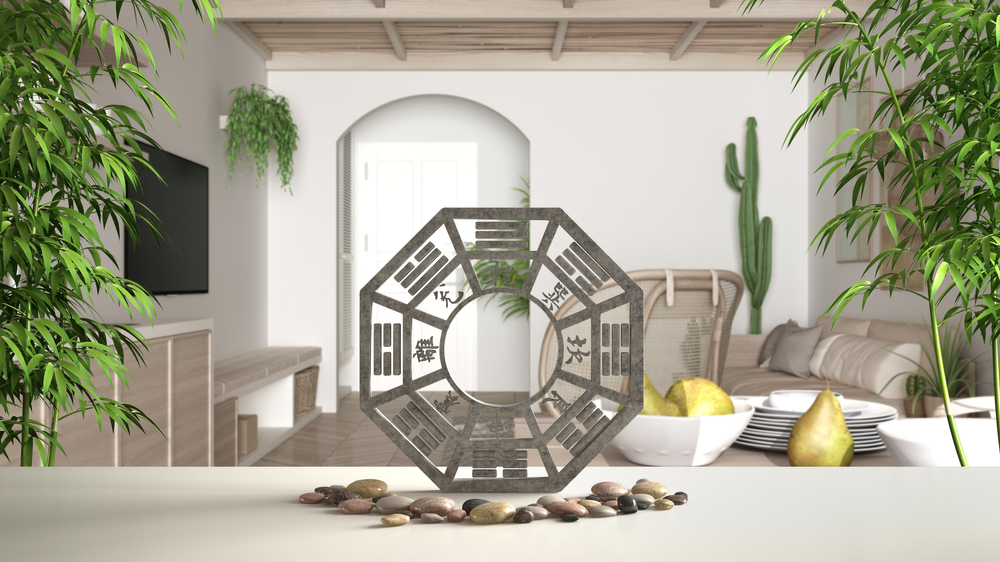

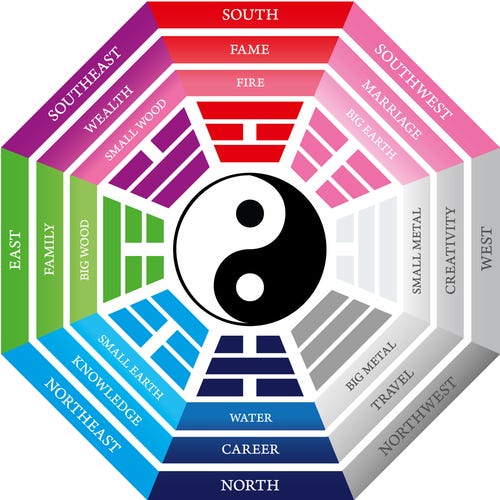
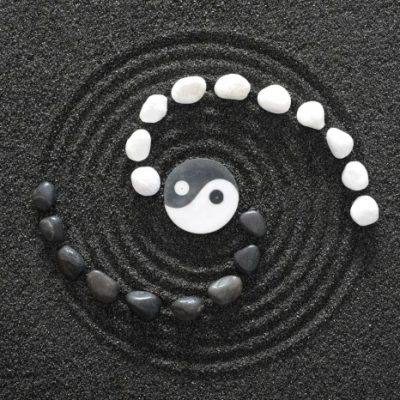
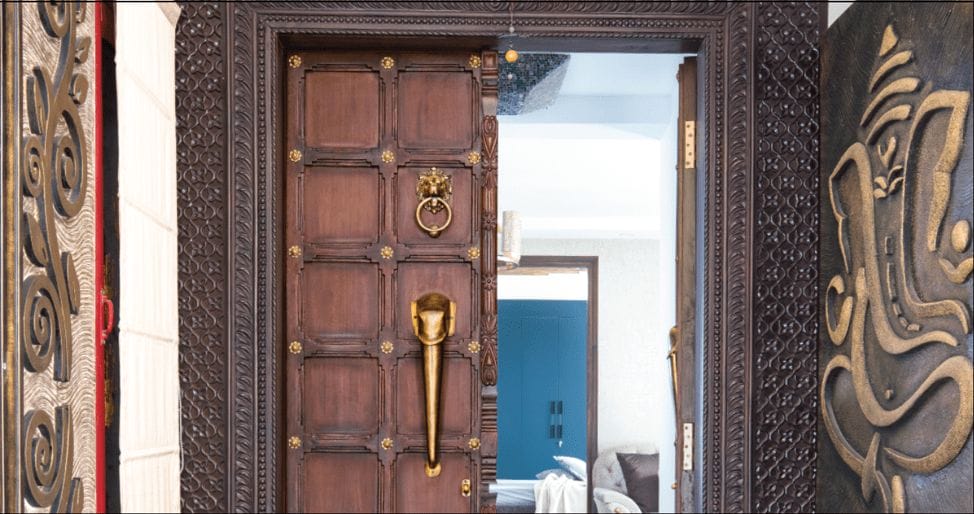

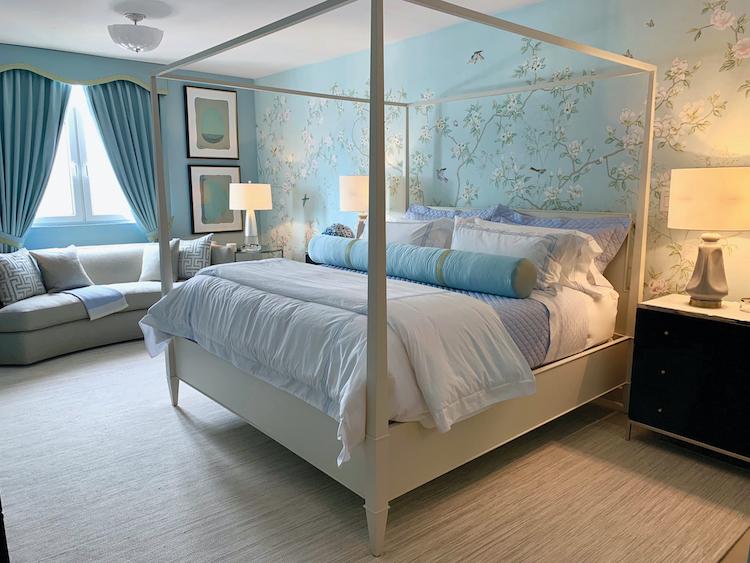
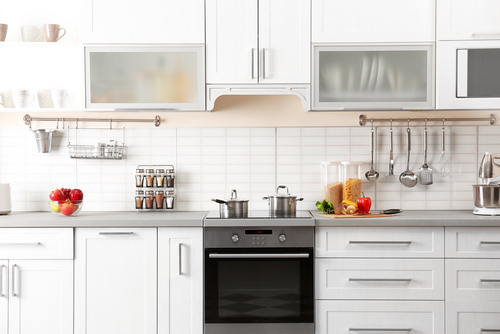

Comments
Post a Comment